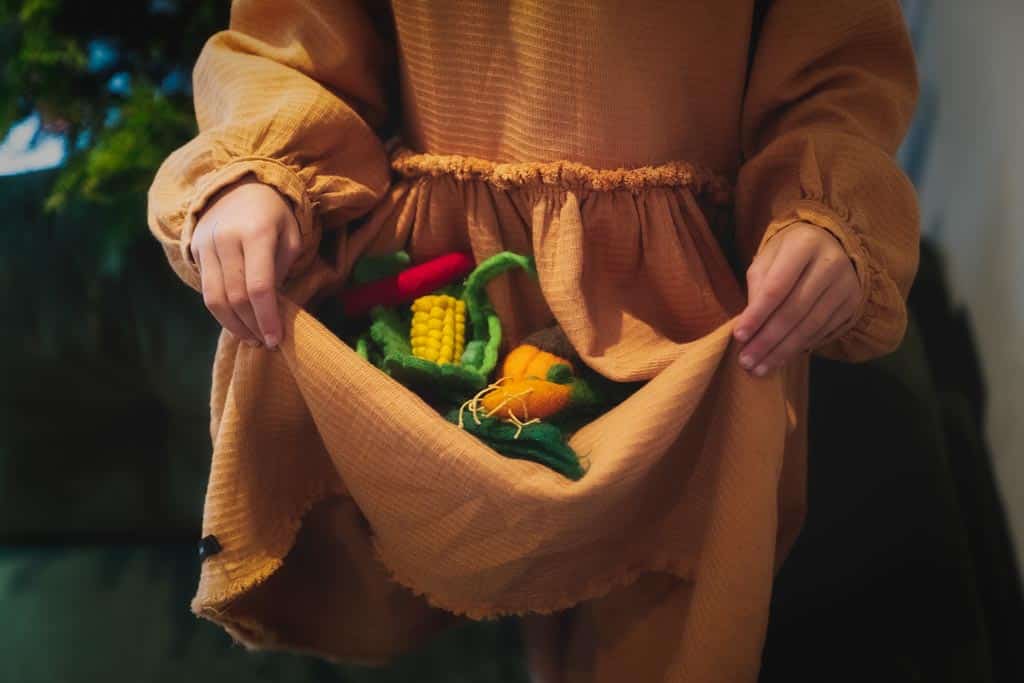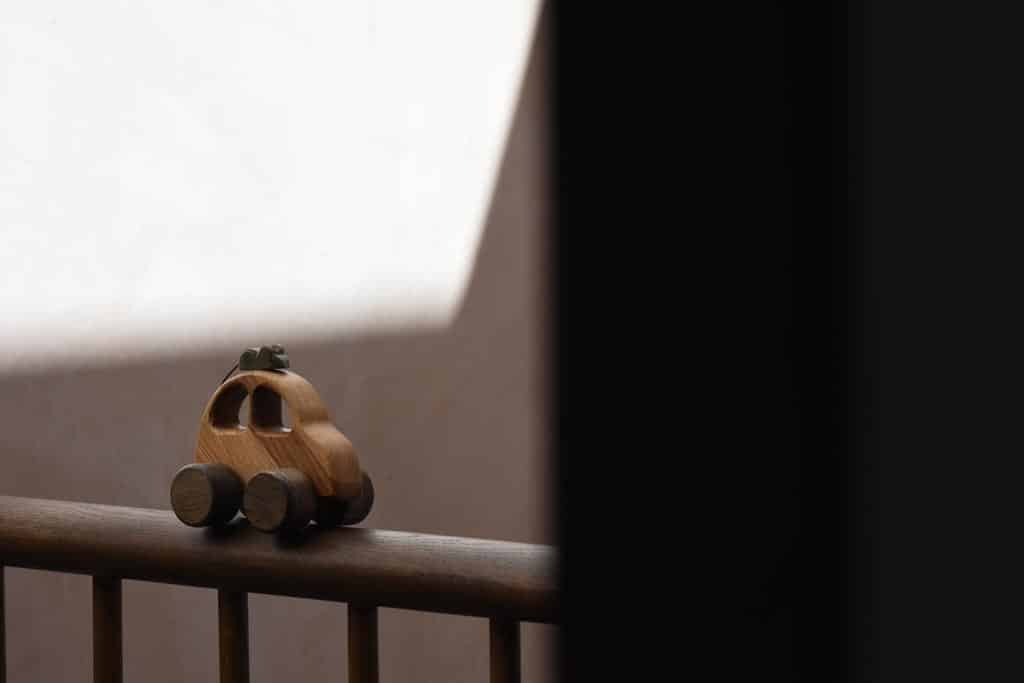From A to B.
It’s such a simple idea.
You can go by yourself.
Or you can take something with you.
This concept is known as the transportation schema.
Schemas are mental models of how we think the world works. Your transportation schema is a representation in your mind of what happens when an object is moved from one place to another.
It doesn’t sound very challenging, does it? But to a toddler, it’s the work of many hours of investigation.
If I push these blocks to the other side of the room in my trolley, will they all be in there when I arrive? Or will there be a different number? Or might they be changed in some way?
To a toddler, the idea that something might arrive at its destination in a changed state is perfectly feasible. It’s the age of magical thinking. Anything is possible and so everything must be tested.
This is why schema play can be so repetitive.
The blocks go from A to B and back again. And again and again. The game never gets old because there are so many permuations to test.

Different kinds of transporting
Transporting isn’t just about dolls in a buggy or blocks in a trolley. It’s not only pushing things along. You can transport peg people in a car, toy food in the fold of a dress, acorns in your pocket or – and this is how schema play evolves – a message to your siblings to come to the kitchen for lunch. It’s about A to B. What you move is irrelevant. Concrete or abstract, it doesn’t matter.
Of course, the youngest toddlers have to move real things, to understand the idea of displacement. They move an object – or themselves – from here to there.
But it’s not long before a child understands that a thought or sign can travel too.

Transportation schema toys
Here are a few toys your child might enjoy:
- Diggers, dump trucks and cranes
- Wooden railway with freight trucks
- Block walker
- Baskets, trolleys, backpacks, handbags
- Cars and buses (with passengers)
Links to the enveloping schema
When you put a pebble in your pocket to transport it, it ‘disappears’. Now no longer visible, you must have the belief that it continues to exist (object permanence) and has simply been covered up. This understanding informs your enveloping schema.
Transporting often involves putting something ‘inside’ in order to carry it, so the transporting and enveloping schemas are natural bedfellows.
Enveloping triggers a child’s sense of mystery and anticipation, adding a whole new level of excitement to their play. It’s like a game of peek-a-boo, but instead, they control the disappearing and reappearing act!
The Postman Game
One excellent way to engage both the enveloping and transportation schemas is through a creative game of Postman. This simple yet stimulating game merges the two urges in one fun activity while incorporating some additional learning opportunities in the form of fine-motor skills and mathematics. Here’s how you can set it up:
- Gather your materials. Fill a sack or bag with a variety of objects (you can check out the Wrapping Presents DIY activity for inspiration). This will act as your delivery bag in the game.
- Set the scene: Attach numbers, names, or pictures on various doors inside and outside your house. These will serve as your delivery locations.
- Assume your role: Embrace the fun! Pretend to be the postman, a delivery driver, or even Father Christmas.
- Start delivering: Transport your bag of items and deliver them to different people and places around the house.
- For bonus points… Older children can even wrap the items and label them. Introduce a hint of mathematics by utilizing door numbers and count the deliveries. Five-year-olds might even manage an address! Remember, it’s about having fun, so don’t worry too much about perfect wrapping or labels.
Solidify learning with real-world experiences
Moving a toy is fun, but moving yourself is better.
I got on the bus at the end of my road and now I am at the shops. I have been transported!
What real-world experiences of transportation can you give your child?
Take a train, car or bus. Ride a bike or scooter. Sit in the trolley at the supermarket – or fill a basket. There are so many ways to bring this learning to life.
Final word
Transporting is everywhere. And your child finds it endlessly fascinating. So close the lid on the toybox and take advantage of your child’s willingness to fetch and carry. There’s so much to learn from such a simple activity.




